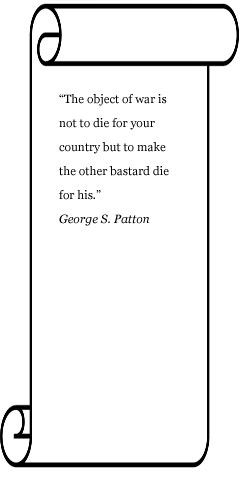| Panzer
Grenadier: Unit Isolation
By Alan Sawyer
February 2013
One of the things that makes Panzer
Grenadier different from other tactical wargames is
that its casualty system is based on the morale
of units more than on physically destroying
them. Units suffer more from the fear of
the situation, from fear of enemy manuevering
and superiority, than from the actual bullets.
This is true for many tactical battles. During
the Polish
campaign in 1939, the German army
won battles by maneuvering around to the
Polish rear areas and disrupting or demoralizing
them. Direct confrontations resulted in bloody
losses for the Germans. Panzer
Grenadier gives players a feel for these tactical issues.
One key principle of warfare is the tactical
maneuver, moving your troops into a position
that is superior to that of your enemy. When
successful, this gives you a psychological
advantage over your enemy. Whether it is
blocking a route of retreat, cutting a vital
supply line or just showing up in a spot
that your enemy did not suspect, maneuvering
into a better position can demoralize an
army and cause them to lose the will to fight.
These optional Panzer
Grenadier rules give
an advantage to a commander that executes
a successful tactical maneuver. They give
the players an incentive to maneuver troops
rather than try to fight it out. Enemy units
that are isolated are required to take a
morale check on each turn that they are isolated.
This gives an added chance of breaking enemy
units in exposed positions. Local isolation
affects individual hexes while strategic
isolation can affect groups of units.
This advantage is not easy to achieve. As
an attacker, you will face more and deadlier
opportunity fire as you try to maneuver around
enemy units. For the defender, you must be
mobile rather than just hunkering down in
town, woods and fortification hexes.
I have found that scenarios have an increased
sense of flow as the units move and counter-move
to try to isolate each other. This has minor
effects on scenario balance, as both sides
need to beware of individual units that may
be surrounded as well as what is happening
on their flanking positions. Tanks and cavalry
unit maneuverability have increased value
because of their ability to move quickly
around units and get into an isolating position — many
of the same issues that helped the Germans
defeat the Poles. I hope you enjoy these
rules.
 |
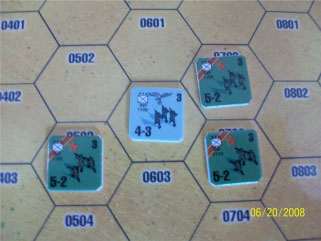
Fig. 1 The German INF platoon is isolated by the three
Soviet platoons. Note the one-hex gap in 0603, necessary
for the Soviets to qualify for isolating the German
INF.
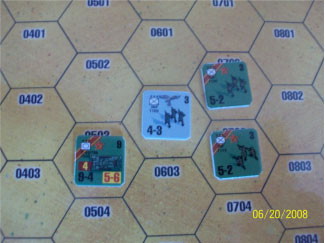
Fig. 2 The tank in 0503 qualifies the morale check as
(M1).
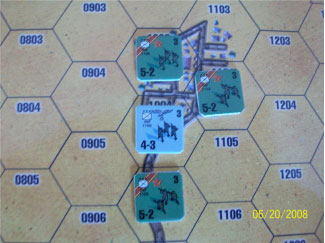
Fig. 3 The German INF platoon is isolated as hexes 1103,
1104 and 1003 are Soviet-controlled.
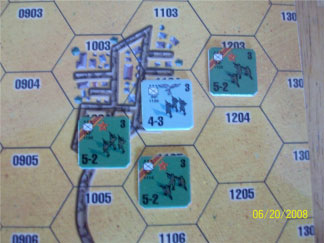
Fig. 4 The German INF platoon in 1104 is not isolated
because 1003,1103 and 1104 are German-controlled.
|
 |
|
Local Isolation X.1 Any enemy unit that is adjacent to friendly,
good-order units on three hex sides is isolated.
To qualify for isolating a unit, at least
one friendly unit must be in one hex that
is not next to the other two hexes and the
enemy unit must not be adjacent to other
enemy units.
X.1.1 Friendly units that are in assault
hexes cannot qualify for isolating enemy
units. Friendly units not in assault hexes
can isolate enemy units in an assault hex.
X.1.2 Friendly units that are disrupted
or demoralized cannot qualify for isolation.
X.1.3 Only friendly combat units can isolate
enemy units. Any type of unit can be isolated.
X.2 The effect of isolation is an (M) morale
check performed by the isolated unit before
the start of activations on the next and
subsequent game turns. These morale checks
continue each turn until the unit is not
isolated. Failure of the morale check has
the same results as the standard rules.
X.2.1 If a friendly tank unit occupies one
of the hexes, then the enemy unit must take
an (M1) morale check. All other aspects are
the same as X.2.
X.3 Isolation does not occur with units
in towns or woods, unless friendly units
have 50% control of the woods or town hexes.
All other terrain has no effect on isolation,
including units in entrenchments and dug
in.
X.4 Isolated units suffer no other effects
than the results of the morale check. Recovery
occurs per the standard rules.
X.5 Once an enemy unit moves, or friendly
units move away from the adjacent hex sides,
the effects of isolation cease on the enemy
unit. All disruption and demoralization of
units is corrected through standard recovery
rules.
Strategic Isolation
Y.1 If a friendly combat unit moves into
a position that is between an enemy unit
and the enemy edge of the map board, then
ALL enemy units that can spot the friendly
unit are considered strategically isolated.
All standard spotting rules are in effect,
and the enemy units to be isolated must spot
the friendly unit.
Y.1.1 Before the scenario starts each player
must define a friendly board edge.
Y.1.1.1 For strategic isolation to occur,
no enemy units may be between the enemy board
edge and the friendly unit(s).
Y.1.2 Units in assault hexes cannot strategically
isolate enemy units.
Y.1.3 Friendly units that are disrupted
or demoralized cannot qualify for strategic
isolation.
Y.1.4 Only friendly combat units may strategically
isolate enemy units.
Y.2 Strategically-isolated units must take
an (M) morale check prior to start of activations
on each turn that they are strategically
isolated. Failure of the morale check has
the same results as the standard rules.
Y.2.1 If a friendly tank is the unit that
is strategically isolating enemy units, then
the morale check is (M1). All enemy units
must be able to see the friendly tank to
qualify.
Y.3 Other than limiting spotting, terrain
has no effect on strategic isolation.
Try it out! Order a Panzer Grenadier game right now! |

